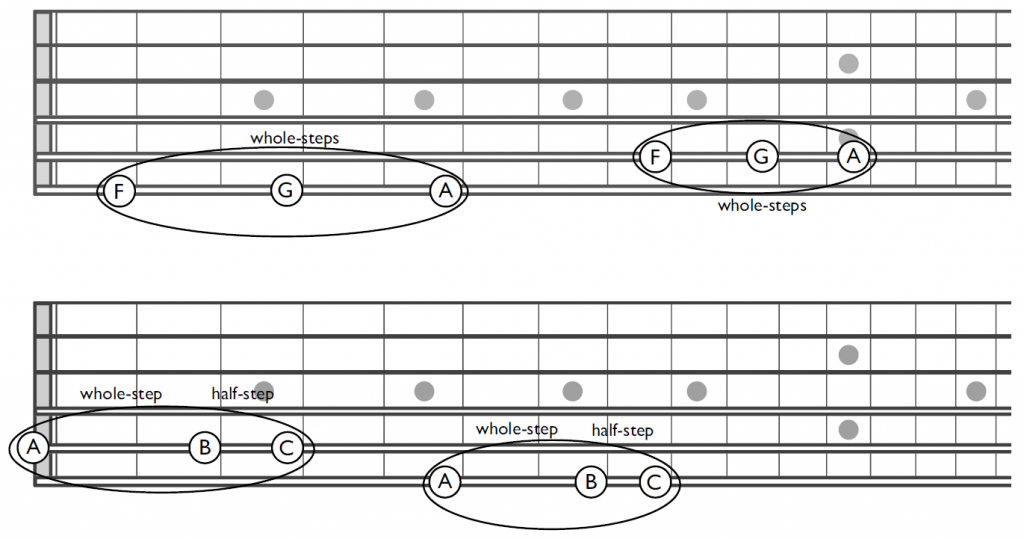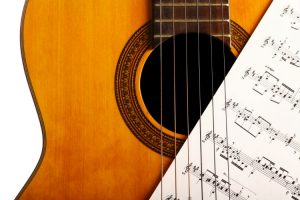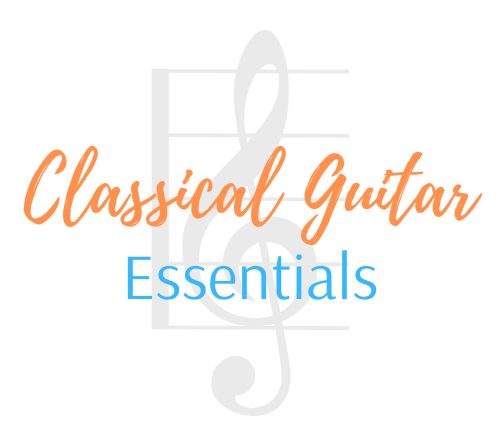This guide is for guitarists who want to learn guitar fretboard quickly and easily.
The fretboard is not a difficult concept to understand. It is just a map for guitar notes. What makes it seem complicated are the many different patterns and shapes that can be created with the same set of notes and chords.
This guide will teach you how to read a guitar fretboard, memorize the notes on it, and master playing chords with minimal effort.
Why learn guitar fretboard?
The fretboard is a map of the guitar neck and contains all of the notes that can be played on the instrument. In order to learn how to play the guitar, it is essential to know where all of these notes are on the fretboard.
Memorizing your guitar’s fretboard is a fundamental part of learning how to play it. It may seem like an overwhelming task at first, but there are some ways that you can memorize it quickly and easily.
We going to start slowly here, by learning the notes on the 6th and 5th strings. This will give you a good start and then we are going to link the notes to these two strings.
So let’s start.
Learning guitar fretboard – Natural Notes
Natural refers to a note that isn’t followed by a flat or sharp sign. The natural musical notes are simply the letters A through G.

There are several associations that are helpful in remembering the location of these notes
on strings six and five. If you follow these tricks, then it will be very easy to fill in the blanks and learn the rest of the fretboard.
Notes on Sixth String E
The sixth string open is E and it’s the root of the common open E chord. The third fret is G and it’s the root of the common open G chord. The fifth fret is A and it matches the open A string.
This is why the fifth fret is commonly used for relative tuning. The twelfth fret is E one octave higher than the open position and is specially marked with an additional dot.
If you have your guitar right now let us do this quick exercise, grab your guitar and start on the open 6th string E, and follow the natural notes saying the names of the notes out loud – not very loud though!
If you arrived on fret 12 with the same note E then you did the exercise correctly. If not, then you missed a note. You must arrive on fret 12 with the same name as the open string.

Notes on Fifth String A
The fifth string open is A and it’s the root of the common open A chord. The second fret is B and it’s the root of the fairly common open B7 chord. The third fret is C and it’s the root of the common open C chord.
The fifth fret is D and it matches the open D string. The seventh fret is E and it’s one octave higher than the sixth string E (exactly the same as the twelfth fret of string six). The twelfth fret is A, and it is one octave higher than the open position.

Whole-Steps and Half-Steps
Musical notes are used in order A through G. Some notes are two frets apart while others are only one. Two frets are equal to the musical distance known as a whole step. One fret is equal to the distance known as a half-step.
This is a little confusing at first. You’d expect that moving up one whole fret would be equal to one whole step but it’s not.
The distances between the notes remain the same in every octave regardless of location. In other words, A to B is always a whole-step (two frets) regardless of their location on the fretboard.
B to C is always a half-step (one fret), and so on. B & C along with E & F are only a half-step apart. There’s no space between these notes. All other notes are a whole-step apart and will always have a fret between them.
Learn Guitar Fretboard – Note Groups
The following diagrams illustrate the location of two groups of keynotes. The first diagram illustrates how F, G and A are all a whole-step apart and where this group is located on strings six and five.
The second diagram illustrates how A, B and C are one whole-step and one half-step apart and where this group is located on strings six and five. Take a moment and study these examples.

Sharps and Flats
Sharp (#) means a half-step, one fret, higher. For example, the second fret of the sixth string is F# meaning a half-step higher than F at the first fret. Flat (b) means one half-step lower. The same F# is also considered Gb meaning a half-step lower than G at the third fret.
The fret between G and A is G# or Ab and so on up the neck. There’s no fret between B & C, or E & F.
If you need help remembering the difference between sharp and flat, think of a flat tire. It makes a car lower to the ground.

Learn Guitar Fretboard – Octaves
If you know the notes along strings six and five, then you can use the octave system to locate these notes elsewhere on the fretboard. The octave system works as follows:

6-4, 4-2, 2-5, 5-3, 3-1, 1-6, 6-4
These are the numbers of the strings.
In the example, we are finding all the C notes on the fretboard. The note C first appears on string 2, so we start the octave sequence from 2-5 octave shape:
2-5, 5-3, 3-1, 1-6, 6-4, 4-2, 2-5
And the pattern keeps repeating.
Let’s try another example, let us try to find the note G across the fretboard.

The note G first appears on string 3, so we start the octave sequence from 3-1 octave shape:
3-1, 1-6, 6-4, 4-2, 2-5, 5-3, 3-1
It’s fun, right?
Absolute Fretboard Training Course

If you want to learn guitar fretboard and dramatically memorize every fret, then I have a good resource for you. A software called Absolute Fretboard Training.
The goal of the method: To know each and every note on the fretboard, immediately, naturally, and effortlessly, just like you know the open strings.
The best way to understand how the method works is simply to try it out for yourself.
Fret by fret, string by string, you will go through the whole fretboard. I think you may find this process fascinating because the program will be constantly monitoring your progress and performance in every area of the fretboard, as well as showing your improvements on a series of “progress maps“.
On these maps, you can see where your strengths and weaknesses are, and with a single click you can tell the program to give you training where you need it most.
It’s flexible, too: You can learn guitar fretboard, bass, mandolin, banjo or any other fretboard instrument you want. You can display right- or left-handed fretboards, choose from various instrument sounds, set personal preferences, use any tuning, etc. It’s a pleasure to use.
Conclusion
As you saw, it can be fun to learn guitar fretboard if you learn what we discussed here, and follow the diagrams. Spend a few minutes when you practice trying to locate different notes.
Start with the natural notes first from A to G then move on to sharps/flats notes. Within a few weeks of repeating this, you will have the entire fretboard memorized!
Good luck, and have fun!
IF YOU FIND THIS POST HELPFUL, PLEASE CONSIDER SHARING IT WITH YOUR FRIENDS ON PINTEREST:






Thanks for this Hanmi, it will be especially useful in learning more about the guitar and music.
Thanks Frank, hope it helps.
Useful and practical article . Thanks for sharing!
[…] Easy Guide to Memorize The Fretboard […]